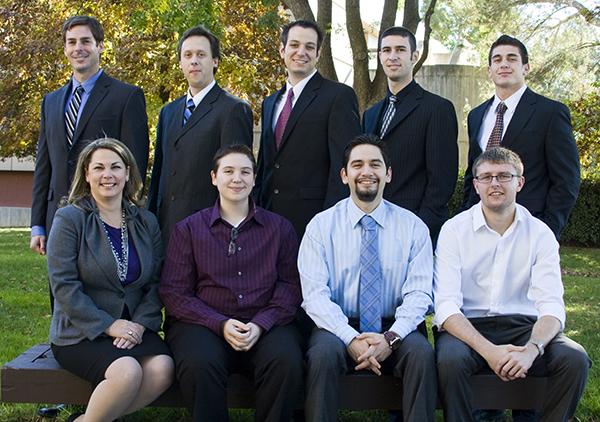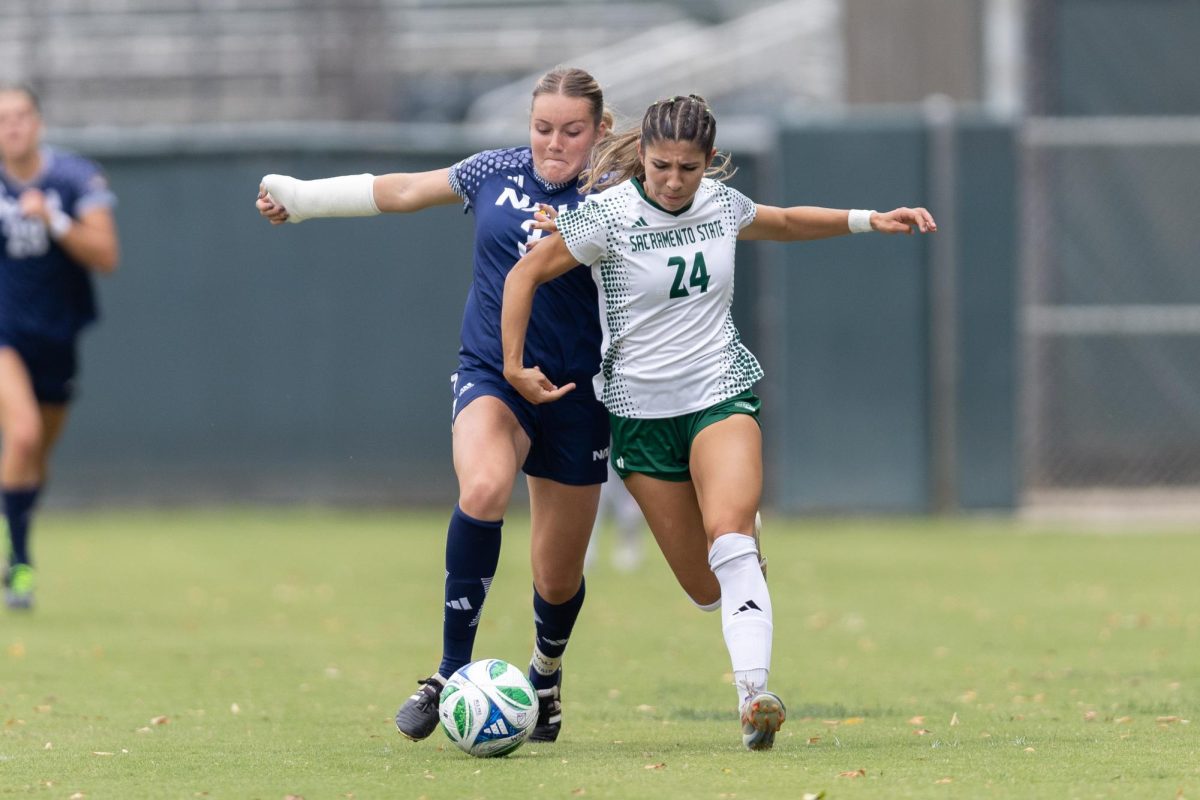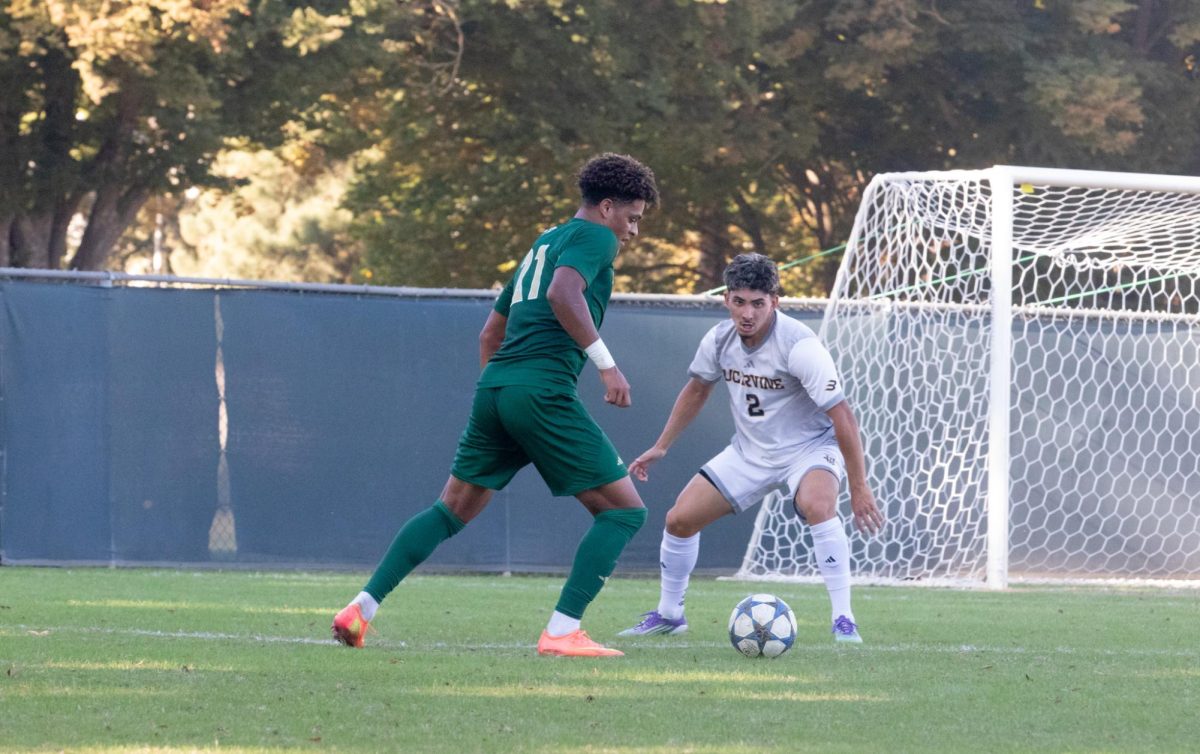Business majors learn how to responsibly invest money

Investors :Nine Sacramento State business majors are participants in an investment program where they invest real money into Standard & Poor?s companies.:Courtesy Photo
December 8, 2010
Business students at Sacramento State are part of a new program that allows them to invest real money into companies and gain real-life experience about how stock markets work.
The Student Investment Management Program is a collaborative project between the College of Business Administration and University Enterprises Inc.
Last month, UEI transferred $250,000 from its short-term investment account into a Fidelity Investments account set up for the program, said Jim Reinhart, executive director of UEI.
Nine selected students will invest the money from UEI in stocks in the Standard & Poor’s 500 index, which has the largest companies in the United States. One rule is the students cannot invest in any “sin stocks” such as tobacco, gambling and alcohol, said Anna Vygodina, assistant professor of finance who oversees the students.
“It is a great opportunity to learn how the capital market works,” said Vladimir Petrosyan, senior business major. “(We) learn about managing money and finding ways to make money.”
Petrosyan said the program consists of researching companies and their stocks to predict how they will be doing in the future. Students then have to present an argument to the program’s board of directors, which consists of professors and industry professionals, as to why they think a particular company will grow and why this money should be invested.
Once a week, students meet with finance professors, Vygodina and Lan Liu who guide them on their next steps. Then, once a month faculty advisers, Jonathen Lederer and Hashar Zakaria, meet with the students to give them a general overview of the financial industry, Vygodina said.
Through voting, students make a joint decision on where to invest the money. So far students have invested $175,000 into an Exchange Traded Fund, which tracks the Standard & Poor 500, Vygodina said.
Vygodina said by investing $175,000 into the Exchange Traded Fund the money is being spread out into many stocks rather than buying one share of each of the Standard & Poor 500 stocks and having “all your eggs in one basket.”
Petrosyan said he has researched five companies: Campbell’s Soups, Oxy Occidental Petroleum Corporation, 3M, Cliffs and Union Pacific Railroad, but he wants to wait until a price he thinks the company is valued at is higher than the current market price.
“This is the first semester,” Petrosyan said. “We are learning more this semester (about companies) and next semester we will be able to choose better companies (to invest in).”
Alex Sakhnyuk, senior business major, said the hardest part is projecting what the company’s growth will be within the next five years because the projection needs to be realistic.
Vygodina said the program will prepare students for investment jobs and provide the hands-on experience employers want. If students graduate with only knowledge from the classroom, employers might pass them over.
“(The program) summarizes the whole finance field,” Vygodina said.
She said the program applies the skills learned in business and finance classes such as investing in stocks, how the stock market works and the risks involved with investing to a real-life situation.
Vygodina said the biggest difference between this program and in-classroom learning is the dedication and interest of the students.
She said because students are working with real money, they are dedicated, interested and they want to do a good job.
“This allows me to compete with students coming out of Ivy League schools, by the time I leave (the program) I will have a year of experience (in investing),” said Sandra Gallo, senior business major.
Michelle Curtis can be reached at [email protected].





























































































































